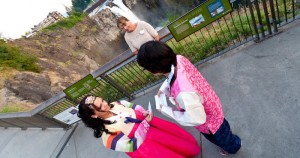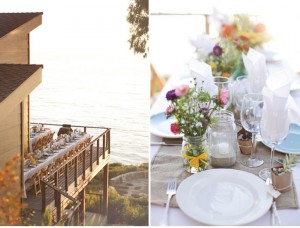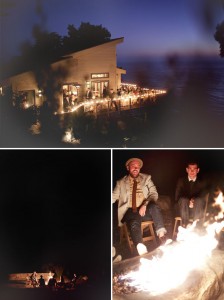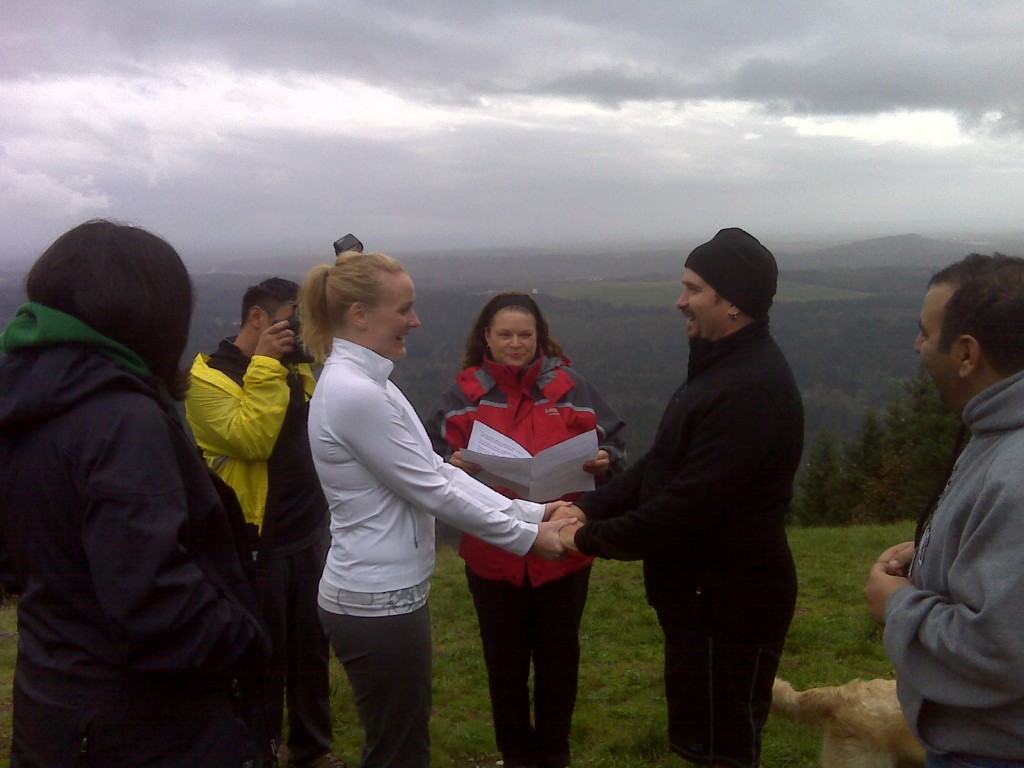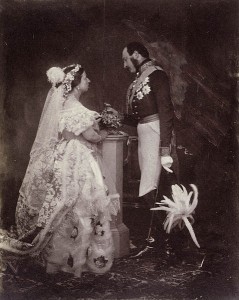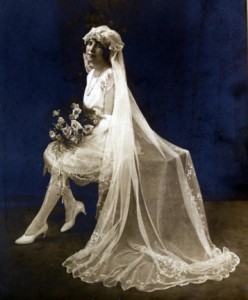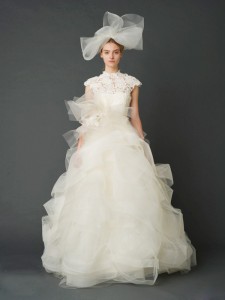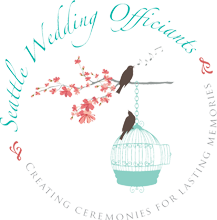Seattle Wedding Officiants Wins 2015 Couples’ Choice
Elaine Way of Seattle‘s Own Seattle Wedding Officiants Wins a WeddingWire Couples’ Choice Award® 2015Seattle, WA – January 15, 2015 – WeddingWire, the nation’s leading online wedding marketplace, named Seattle Wedding Officiants as a winner of the prestigious WeddingWire Couples’ Choice Awards® 2015 for Officiant in Seattle!The WeddingWire Couples’ Choice Awards® 2015 recognizes the top five percent of wedding professionals in the WeddingWire Network who demonstrate excellence in quality, service, responsiveness and professionalism. The esteemed awards are given to the top local wedding vendors in more than 20 service categories, from wedding venues to wedding photographers, based on their professional achievements from the previous year.While many industry award winners are selected by the host organization, the WeddingWire Couples’ Choice Awards® winners are determined solely based on reviews from real newlyweds and their experiences working with Seattle Wedding Officiants. Award-winning vendors are distinguished for the quality, quantity, consistency and timeliness of the reviews they have received from their past clients.”It’s always exciting to start the year by honoring the top-rated wedding professionals within the WeddingWire Network who represent more than two million reviews on our website,” said Timothy Chi, CEO, WeddingWire. “Each of the businesses recognized are committed to quality, professionalism and all around top-notch service. We applaud Seattle Wedding Officiants for their impressive achievements within the wedding industry.”As a Couples’ Choice Awards® winner, Seattle Wedding Officiants is highlighted within the WeddingWire Network, which is comprised of more than 200,000 wedding professionals throughout North America and abroad.Seattle Wedding Officiants is proud to be one of the top Officiant in Seattle in the WeddingWire Network, which includes leading wedding sites such as WeddingWire, Project Wedding, Brides.com, Martha Stewart Weddings, and Weddingbee. We would like to thank our past clients for taking the time to review our business on WeddingWire. We value all of our clients and truly appreciate the positive feedback that helped us earn the WeddingWire Couples’ Choice Awards® 2015.For more information about Seattle Wedding Officiants, please visit our WeddingWire Storefront today at http://www.weddingwire.com/biz/seattle-wedding-officiants-seattle/355963dc6eae85dc.html.To learn more about the Couple’s Choice Awards®, please visit www.weddingwire.com/couples-choice-awards.
About WeddingWire
WeddingWire, the leading technology company serving the $100 billion wedding and events industry, is the largest online vertical marketplace connecting engaged couples with event professionals. With more than two million consumer reviews, it is the industry leader in consumer reviews. The site enables engaged couples to search, compare and book from an extensive database of more than 200,000 recently reviewed event professionals, from venues to photographers. WeddingWire provides event professionals with the technology they need to serve their clients, including a SaaS platform, which powers advertising, marketing, and CRM needs of local wedding and events businesses nationwide.

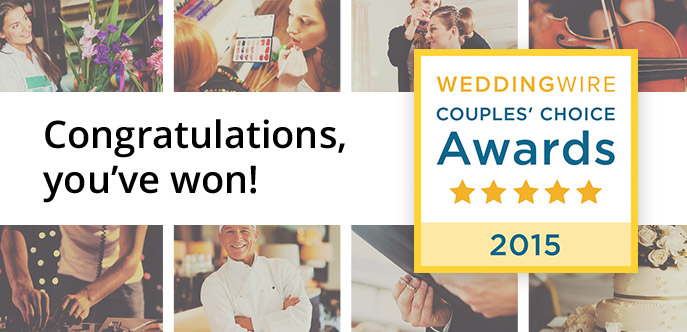

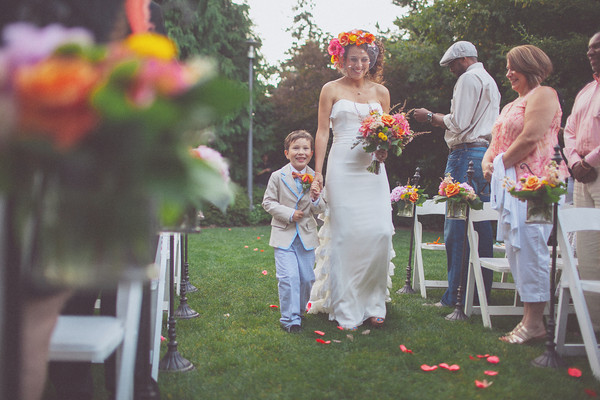
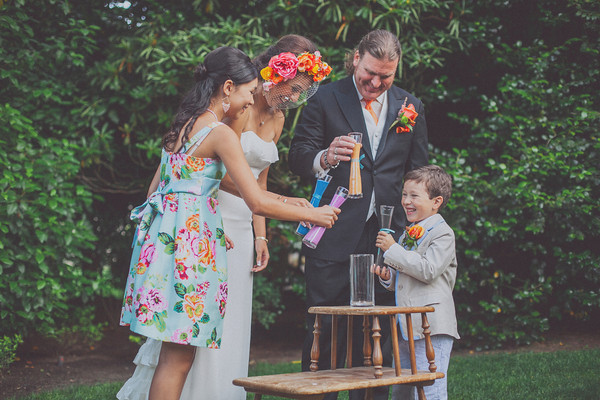
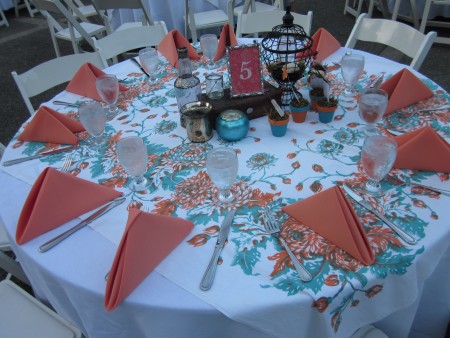
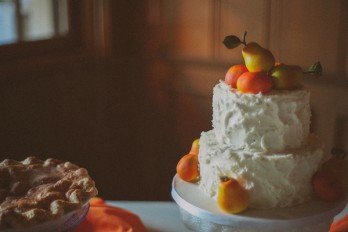
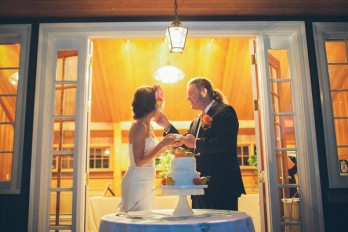
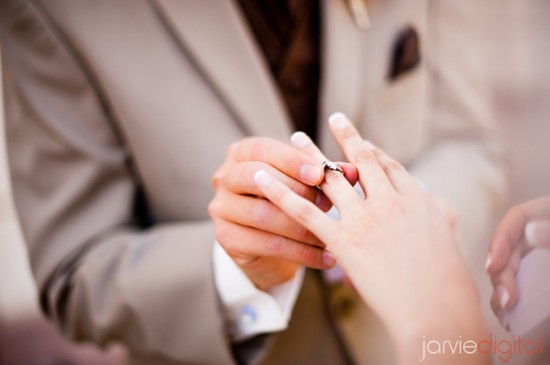
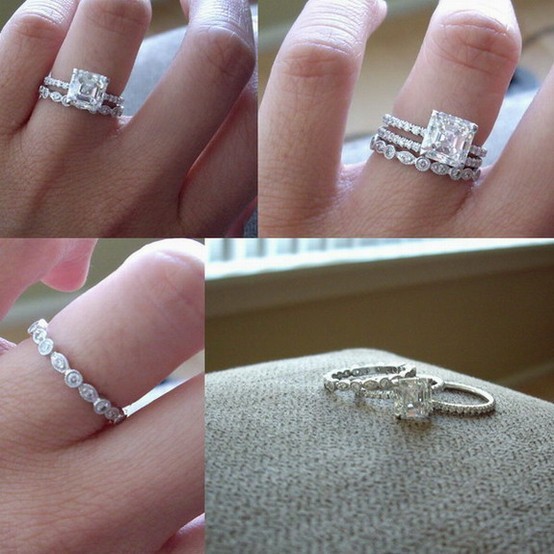
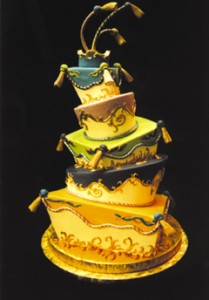

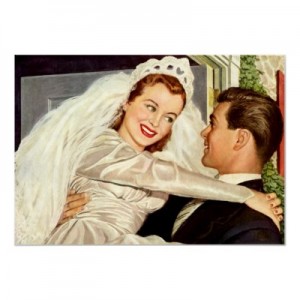

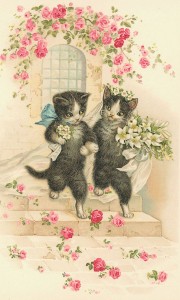
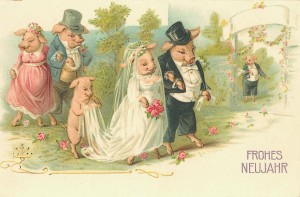
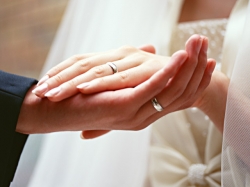 We have all heard the expressions “tied the knot” or “giving one’s hand in marriage”. But have you ever wondered where those sayings came from? And no, it’s not in the same category as the “ball and chain”! It’s in reference to the ancient tradition of handfasting. This lens gives an overview of the ancient tradition of handfasting in Wedding ceremonies.
We have all heard the expressions “tied the knot” or “giving one’s hand in marriage”. But have you ever wondered where those sayings came from? And no, it’s not in the same category as the “ball and chain”! It’s in reference to the ancient tradition of handfasting. This lens gives an overview of the ancient tradition of handfasting in Wedding ceremonies.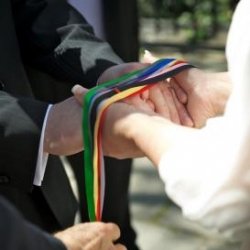
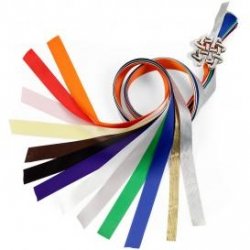
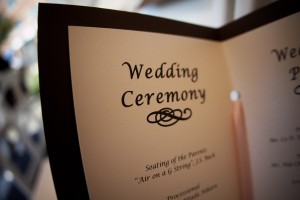 I blog about everything wedding: venues, style, vendors, traditions and more! What I haven’t blogged about, however, is the actual wedding ceremony.
I blog about everything wedding: venues, style, vendors, traditions and more! What I haven’t blogged about, however, is the actual wedding ceremony.